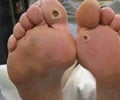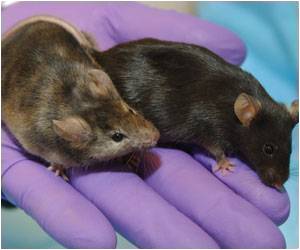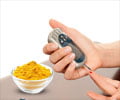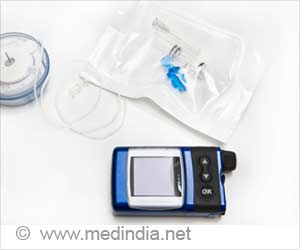The first construction of copper with a sponge-like porous structure, which can quickly and accurately detect glucose in salt-based fluids.
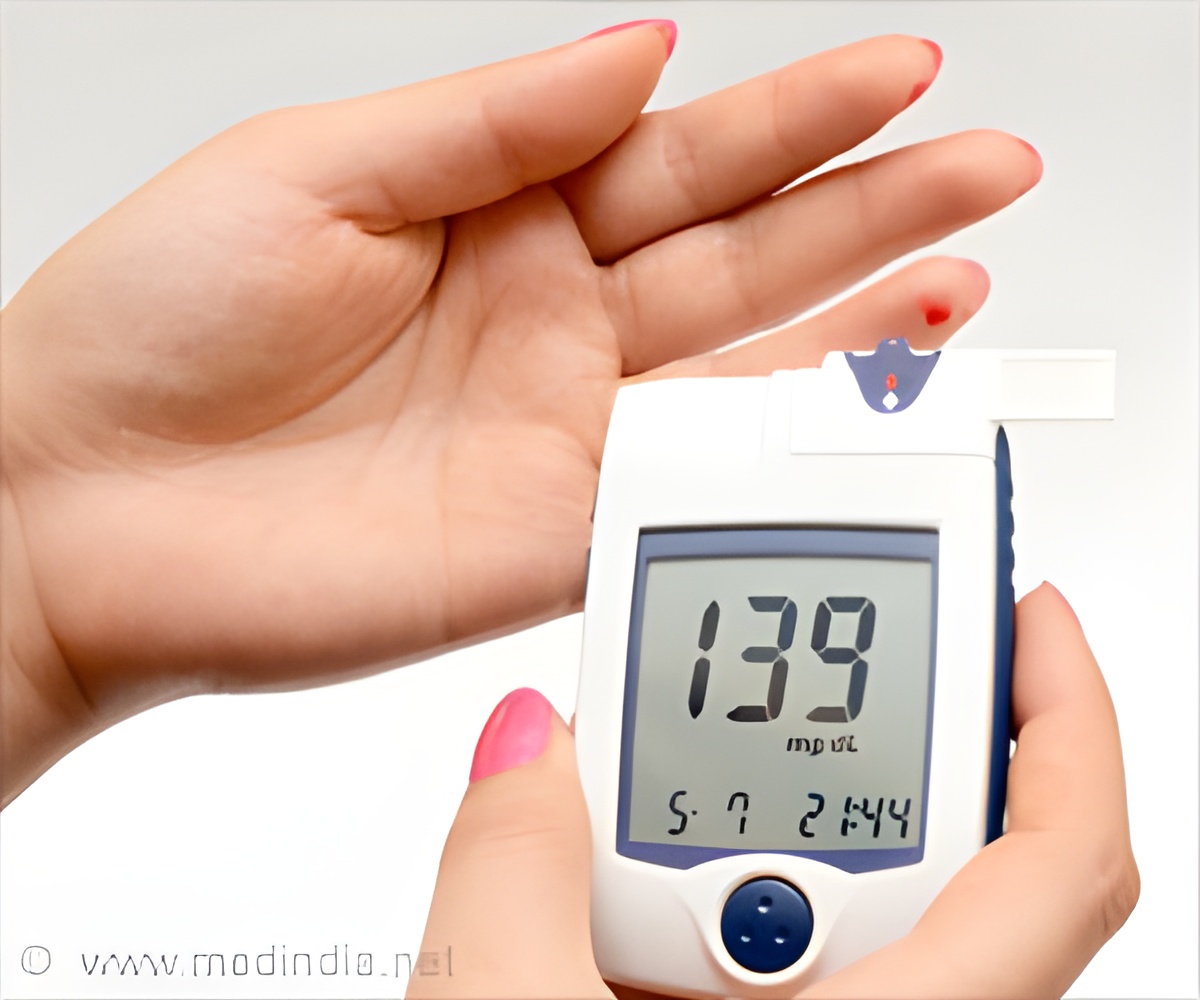
‘The Copper film has high selectivity, reacting to glucose without interference from other acids and sugars that can be present in sweat.’





"The sponge-like porous structure greatly increases the surface area and therefore enhances the sensitivity required to trigger an electrochemical signal," said Professor Yusuke Yamauchi. "The extraordinary sensing performance of the copper film is probably attributed to its intrinsically good reaction toward glucose oxidation," Yamauchi noted.
"This makes this copper film a good candidate for the direct detection of glucose to satisfy the requirements of diverse applications, such as diabetes management," he added.
People with diabetes often have low levels of insulin, a hormone that converts sugars to energy, which means they have to closely watch their glucose or blood-sugar levels to prevent further chronic health complications.
Foods, physical activity, and other factors can influence glucose levels.
Advertisement
But the technology remains expensive, mainly due to the use of precious metals such as platinum in the sensor.
Advertisement
So the researchers developed a porous copper film with the sponge-like structure.
Testing revealed the film has high selectivity, reacting to glucose without interference from other acids and sugars that can be present in sweat, said the study published in the journal Angewandte Chemie.
The researchers believe the copper film could be integrated into a wearable sensor or a smartwatch, providing continual glucose readings to the wearer, which could also be sent via wireless to their doctor.
Source-IANS

